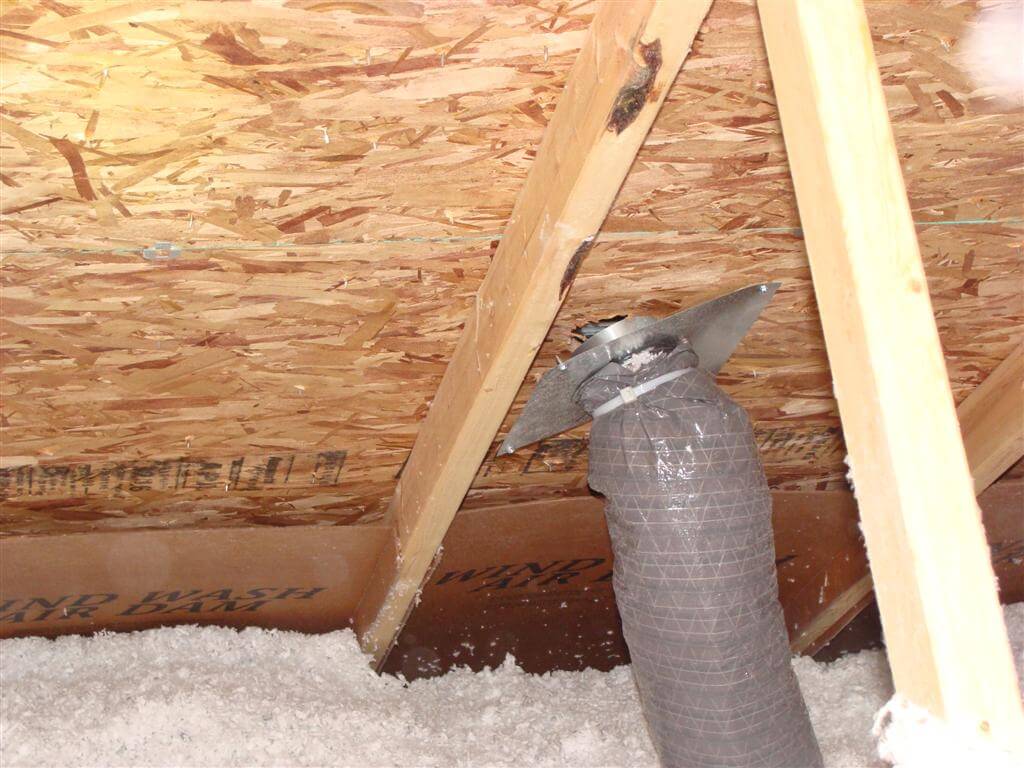Condensation In Attic Above Bathroom

These can help to keep your bathroom windows and walls above condensation temperature are inexpensive to operate and can be left on 24 hours a day.
Condensation in attic above bathroom. Water stains on the ceiling around your bath fan may indicate a leak coming from the vent cap on your roof but condensation is the more likely culprit. Condensation on your ceiling can cause water damage and promote the growth of mold or mildew. In addition to heating your home daily routines like cooking over the stove or taking a hot shower also create condensation. If bath fan ducting isn t properly insulated the moist air from your house will condense inside the duct.
Improper ventilation and insulation of home attic space can produce. This traps heat in the attic which then warms the ceilings. If left untreated it can damage critical structural elements of the home such as the trusses and rafters ruin insulation damage any stored belongings and lead to the formation of potentially toxic black mold. Condensation in the attic is a serious problem that must be addressed by homeowners.
Picture a cold glass of water in the summer. You can prevent these problems from occurring by maintaining a dry attic with a low relative. As the warm vapor cools the moisture coalesces into big damaging droplets all over the wooden surfaces in your attic. Condensation on your ceiling occurs when the attic space above is poorly ventilated and insulated.
How to fix ceiling condensation. That s the interior of your attic. If taking the steps below doesn t solve your condensation problems they may be due to poor ventilation or insufficient insulation. Keep your bathroom warmer and less prone to.
Cultivating some simple habits will help reduce the impact of these tasks. Check all possible entry points for water leaking from outsi. In this quick video i show you what to look for if you have condensation build up in your attic. Eventually enough condensation can cause visible leaks rot mold and a host of other problems.
If you notice condensation on your windows and walls find peeling wallpaper or bubbled paint or see mold spots around the house your home s humidity is too high. The first step is to head to the attic. When the cool air from your living space rises due to humidity in your home often from cooking bathing or drying clothes it comes in contact with the warm surface of the ceiling and. Sometimes your daily activities add more humidity to the air than your home can handle leading to a buildup of moisture.
The attic isn t always to blame for ceiling condensation.














































